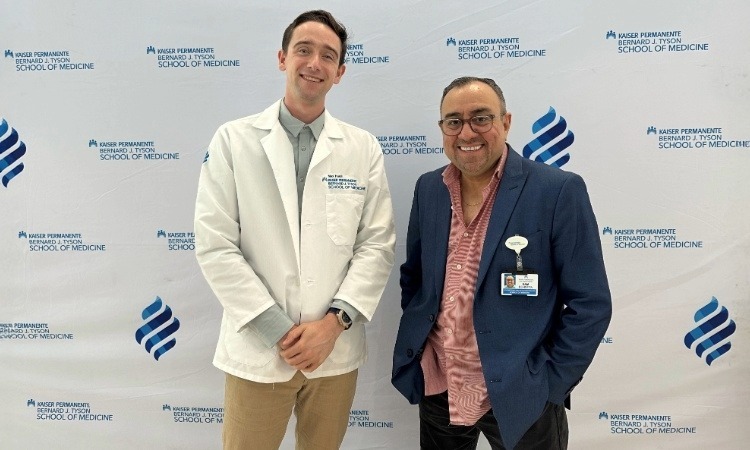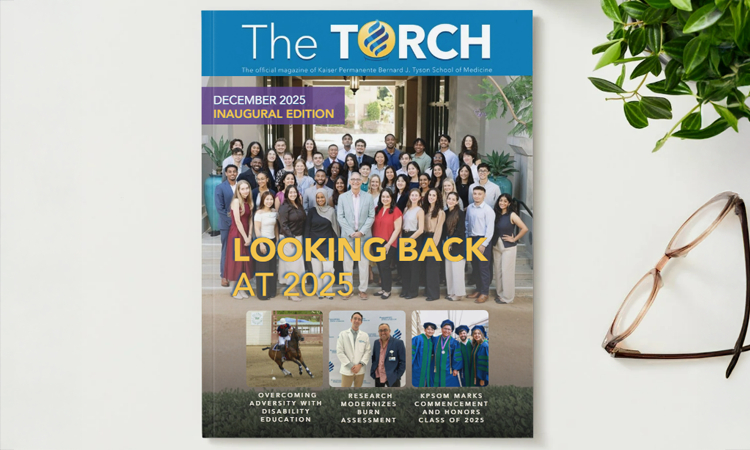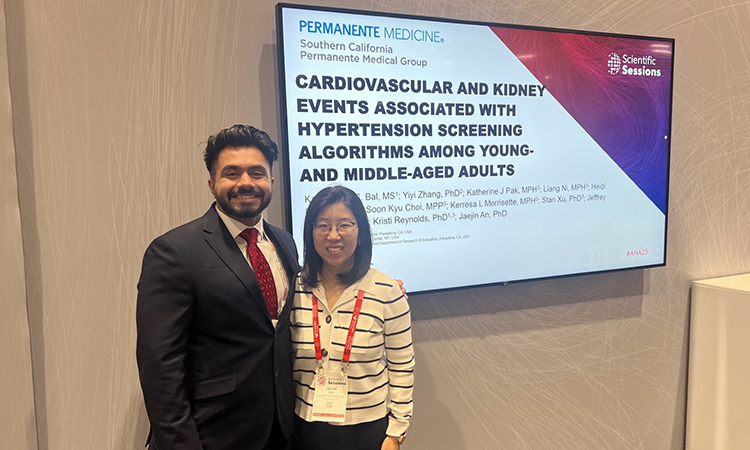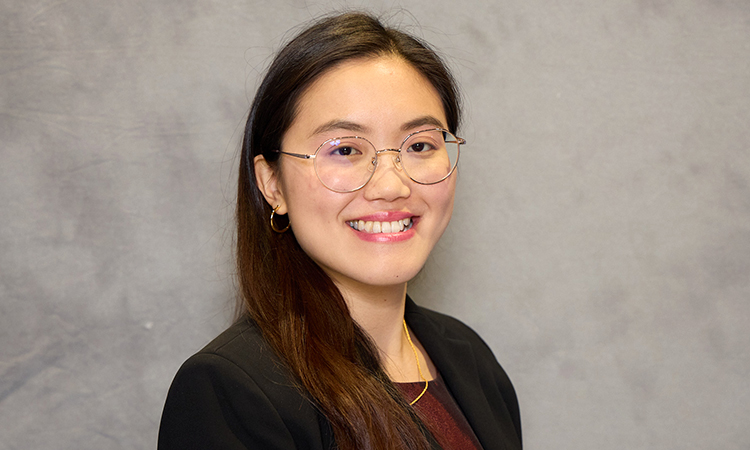A pioneering research initiative is now underway, aiming to revolutionize how the severity of burn injuries is assessed and treated in trauma units across the country. Spearheaded by Kaiser Permanente Bernard J. Tyson School of Medicine (KPSOM) student Max Hukill and faculty member Sam Behseta, and conducted in partnership with lead investigator Barclay Stewart, MD, PhD, MPH at the University of Washington School of Medicine, the project is harnessing modern data science, including machine learning and Bayesian statistical analysis, to develop a dynamic, comprehensive model for burn assessment.
For decades, clinicians have relied on burn assessment scores that consider fixed parameters, such as total body surface area affected and burn depth, to guide treatment decisions. However, these traditional scores are static, often failing to capture the complexity and variability of burn injuries in real patients.
“Burn is a very complex set of issues,” Hukill explains, noting that current methods are based on outdated scoring systems. “We are working with scores that are quite old. There’s really not been a lot of major big data innovations in [recent years]. This is a great opportunity to do that.”
Traditionally, physicians have relied on scoring systems based on static parameters like total body surface area, often determined using heuristics such as the Rule of Nines, but these approaches may miss the unique nature of burn injuries.
The team’s goal is to create a new scoring tool that incorporates spatiotemporal data, enabling clinicians to factor in evolving aspects of an injury over time and across different regions of the body. Using real-world patient data and advanced computational techniques, the researchers hope to produce a system that not only behaves predictably and is mathematically robust but also delivers clinically relevant insights that transcend traditional guidelines. Ultimately, they envision a user-friendly software platform that can be seamlessly integrated into clinical workflows, providing practitioners with richer, more holistic information to guide care while reducing subjectivity and observer bias in burn assessment.
“Burn assessment scores… look at certain parameters associated with a patient’s burn, for example, volume of the burn, depth of the burn… but it’s static in its nature,” explains Behseta, Senior Statistician in the Office of Research and Scholarship and Professor of Health Systems Science. He emphasizes the need for a “holistic score that is fluid enough to capture all variety of scenarios… without predefining them.” By introducing machine learning and Bayesian analysis, the team hopes to build a score that evolves dynamically, responding to the specific features of each case, including time-dependent and spatial elements, Behseta said.
A Tool for Clinicians, Not a Replacement
Hukill and Behseta stress that their objective is to produce a tool that assists, but does not replace, clinical judgment. The envisioned system would function like MDCalc, providing information for management decisions rather than supplanting the expertise of care teams. “People thought… when the CT scan came out, that it was going to replace the need for medicine. [That was] hardly the case,” Hukill observes.
Behseta agrees: “The rule of human expertise will never go away. We’re not building a machinery that bunch of robots will… examine the patient and decide, ‘This is a 70 percent burn and thereby requires immediate attention.’ That will never [happen].” Instead, the researchers say they are working to provide “more complete information” and a vehicle to facilitate diagnosis and treatment for clinicians at all skill levels.
The Path Forward
Thanks to UW’s extensive patient database and collaboration across institutions, the team has been able to start making predictions based on real-world data. Hukill notes, “We can start to make actual predictions… and then… expand it out… to other folks with burn registries, other folks who treat these kinds of intense trauma situations.” In the future, the project aims to include more centers and gather broader patient data to enhance the universality and value of the tool.
The partnership came about after Hukill attended a physiatry conference. There, his personal interest in computational modeling and rehabilitation outcomes—he holds a dual degree in mathematics and biochemistry from Bowdoin College—led to connections with UW’s burn registry team and other collaborators. Initial funding for the research stems mainly from UW, with the hope that success in early stages will open doors to further grant support. Behseta also credits the research culture at KPSOM with enabling such innovation: “This is an extracurricular project for [Hukill]. He doesn’t need to necessarily fulfill any required [coursework]… but the sheer curiosity and intellectual curiosity in Max… that’s the engine here.”
Looking Ahead
Behseta and Hukill are optimistic that their work will contribute to the literature and ultimately benefit patients with burn injuries. They emphasize the tool’s potential to provide “comprehensive, dynamic, time and space dependent” information, which may help address the complexity and uniqueness of each burn case. As Behseta puts it, “There is always room for perfection… and that’s the reason we’re excited about building something that hopefully will contribute to the profession and… at the end of the day to patients who deal with this issue.”



